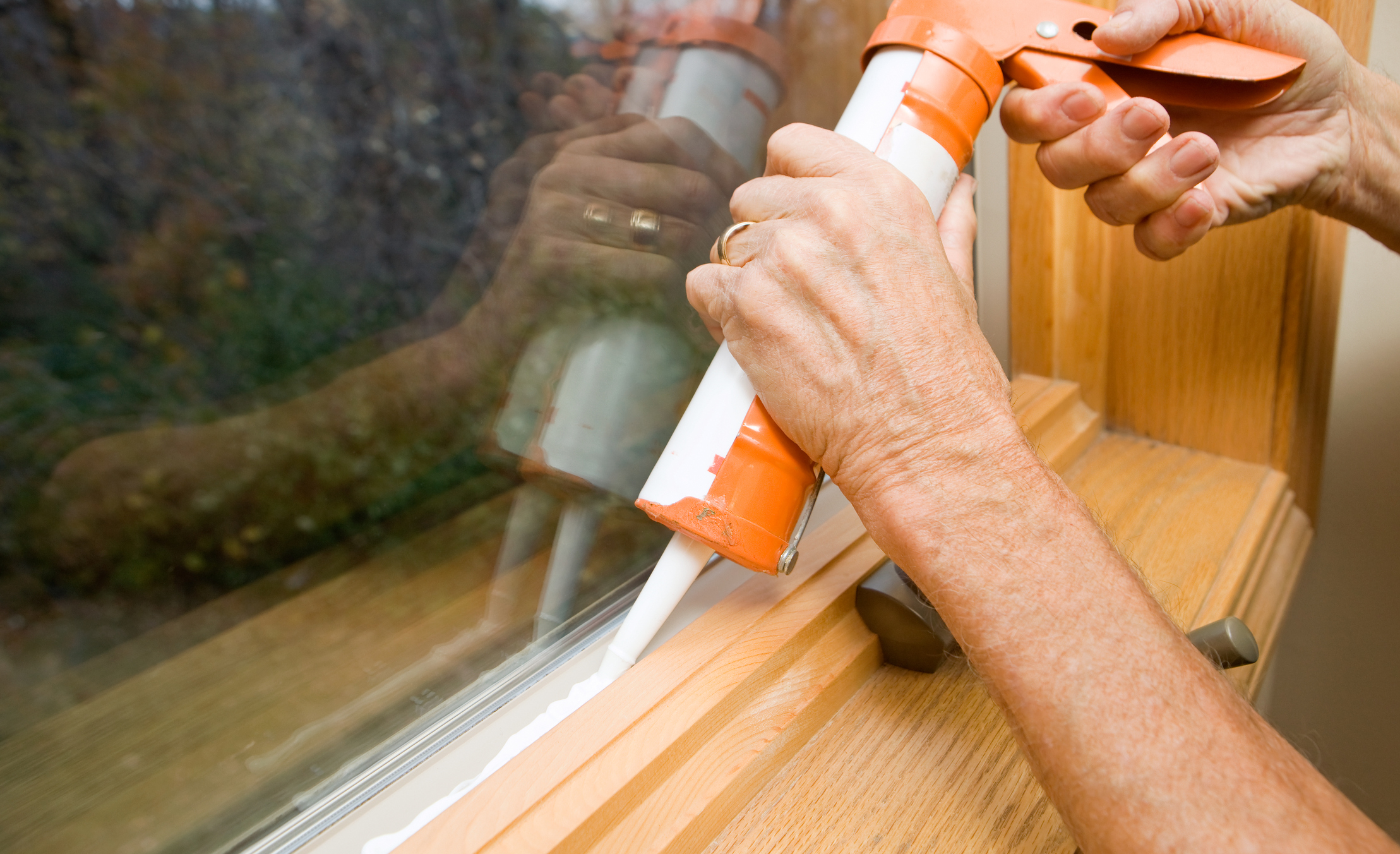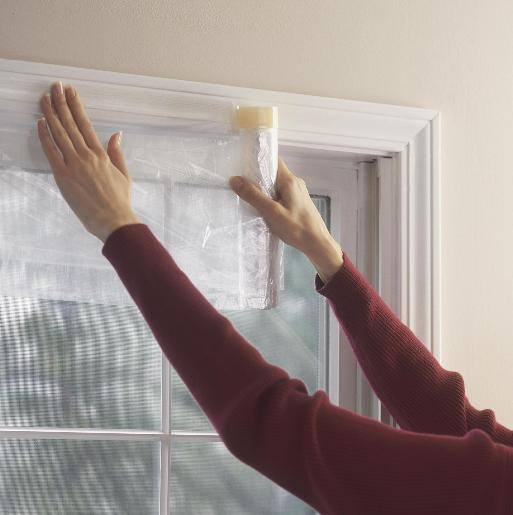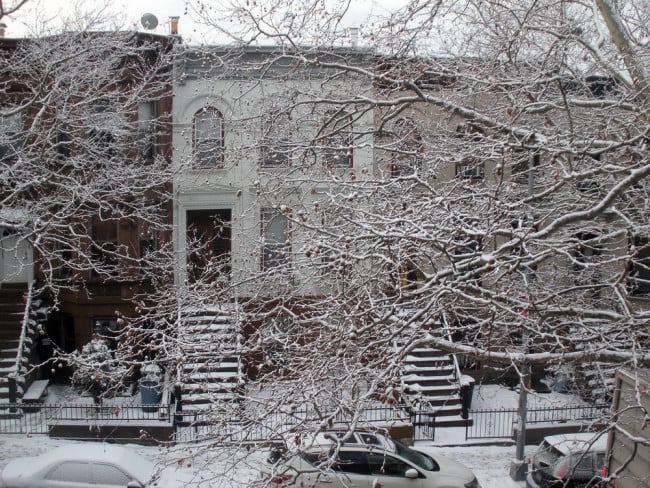How to stop drafts from chilling your NYC apartment
The descent into winter temperatures is always a bit erratic in New York City (i.e., 30 degrees one day, 60 the next), but rest assured, the cold always comes. And when it does, you might start feeling the chill inside, thanks to pesky drafts in your apartment or house. The good news is that you can do something to keep the cold air out, and maybe save a few bucks in the process. Here’s how to block drafts in your city abode, as well as some tips on spots that are often overlooked when trying to track down drafts.
First, the obvious: Windows
Of course, windows are a major culprit when it comes to outside air getting in. If your windows are old and in disrepair, the best thing to do is to replace them with new, insulated windows, which not only keep out cold air, but also help keep out dust and reduce noise.
“Many building managers can and will replace old windows,” says Nicholas Tanis of Domestic Personal Helpers, a New York City home service business based in Ditmas Park. “It’s expensive, but it’s worth it.”
You probably know the worst offenders in your living space, but if you don’t, HomeAdvisor’s home expert and smart home strategist Dan DiClerico recommends the old incense diagnostic test.
“Light an incense stick and hold it around the window frame,” he says. “If the smoke blows sideways, there’s a draft large enough to make the space uncomfortable. This trick works best on a windy day.”

Drafty window fixes
There are a variety of ways to deal with a drafty window.
“Caulk provides a long-term fix that will keep the chill out during the winter and, come summer, prevent cool air from your AC from escaping,” DiClerico says. “Scrape out any old caulk with a screwdriver or knife, then apply a new bead of caulk with a caulking guide. Smooth it out with your finger to form a tight seal.”
For a second line of defense, Declerico recommends weather-stripping around both windows and doors. The process involves using a variety of materials—including rubber gaskets, foam tape, and vinyl strips—to seal off the frame of a window or door. This HomeAdvisor list provides a nice guide to the many options and costs.
HomeAdvisor estimates the average cost of weather-stripping to be $250, and Declerico notes that it’s probably worth the extra cost to invest in professional weather-stripping, as this is a home improvement that will pay for itself over time.

Tanis also recommends window insulation kits, which can be picked up at big box stores like Home Depot and Lowe’s, as well as local hardware stores. Available in a wide range of sizes, the kits include clear plastic sheets that are applied over the windows and frame and then sealed, shrink-wrap-like, with the heat from a hairdryer. Do they keep you from being able to open a window? Yes, which is why Tanis recommends skipping the treatment on one window in rooms where you might want some fresh air. However, having used the technique in his own apartment, he not only saw a reduction in his utility bills, but he found his air conditioners to be more effective in the summer.
Don't delay. Stop drafts today
If this strategy sounds appealing, act now, because when the temperature drops, the insulation kits do sell out.
“Everyone reacts en masse to the situation,” Tanis says.
Still another solution for drafty windows is a strategic layering of cellular shades, sheer panels, drapes and even a cornice or valance, as detailed by This Old House.
A solution with potential decorative/kitschy appeal is the low-tech door draft stopper, which comes in all shapes and styles, ranging from purely pragmatic or urban chic to in the form of animals such as snakes and cats.
If you’re one of those people who doesn’t (or can’t) remove their air conditioners in the winter, Tanis recommends filling in gaps with insulation fillers, the frequently foam-like air conditioning weather stripping.
Looking for drafts in out-of-the-way places
Tanis adds that some drafts come from places you might not suspect, such as wall sockets, particularly if they are located on one side of an external wall. You can insulate those for under a dollar per socket, thanks to outlet and wall plate insulating kits.
If you live in an old house, it has likely settled and shifted over time, leaving a gap between the baseboards and the floor where (you guessed it) cold air can seep in. To fix this, Tanis suggests caulking the opening and then covering it with a thin strip of molding.
Perhaps the most stealthy draft generator?: your apartment building’s elevator.
“You could be on the 15th floor and the elevator acts as a wind tunnel,” Tanis says. “You’ll feel the current of cold air on the floor.”
A door draft blocker in your aesthetic of choice can solve that problem in a snap.





























